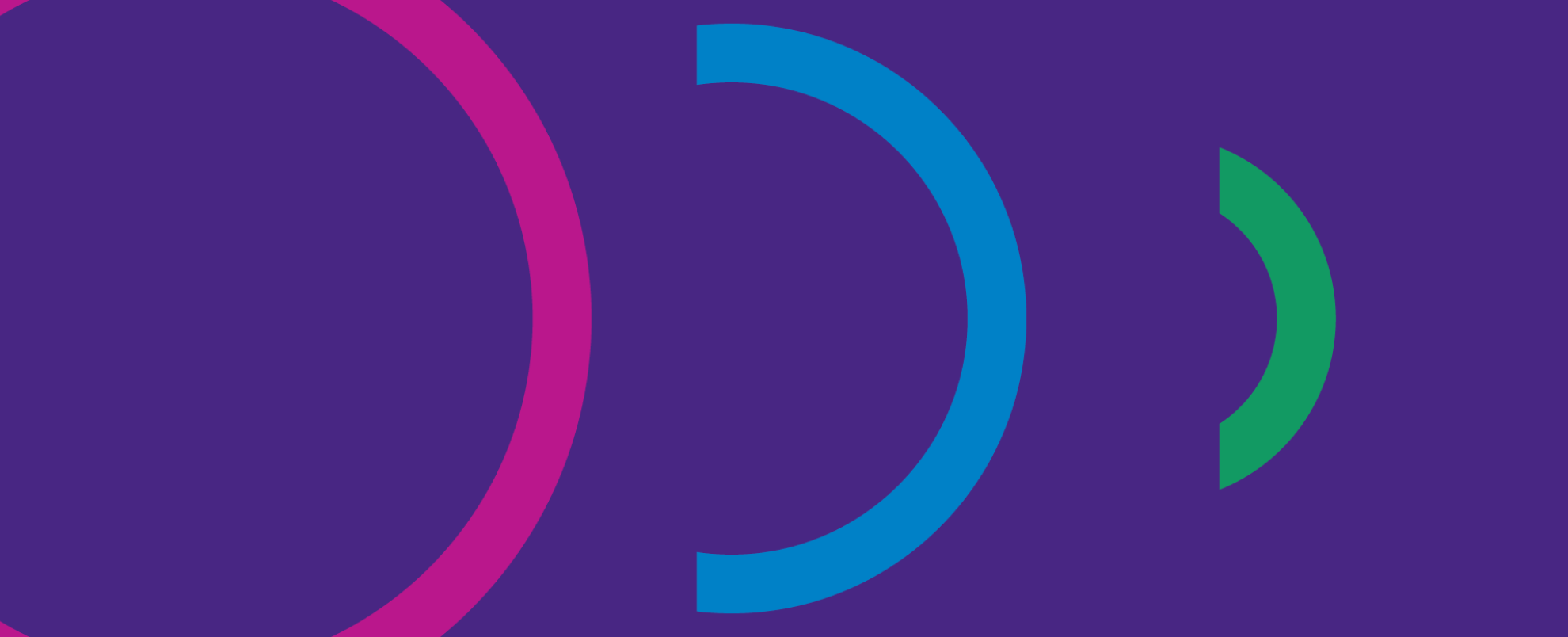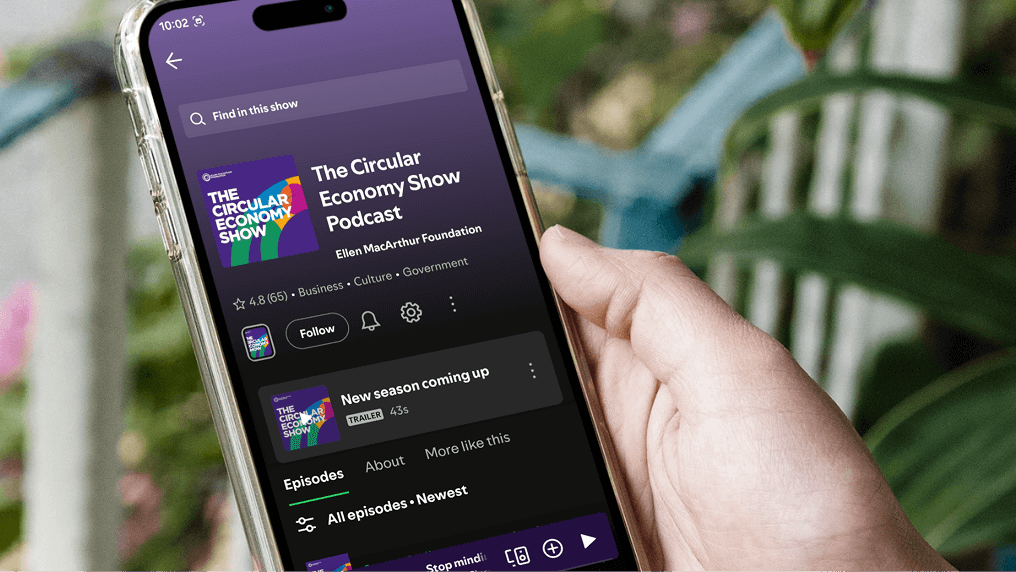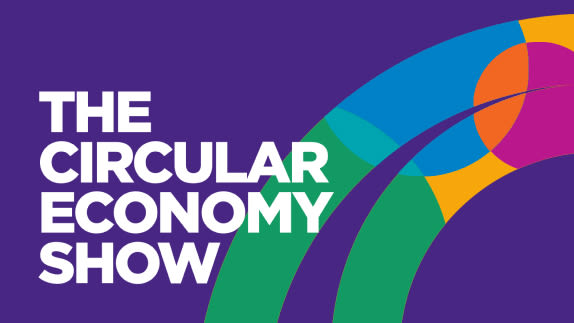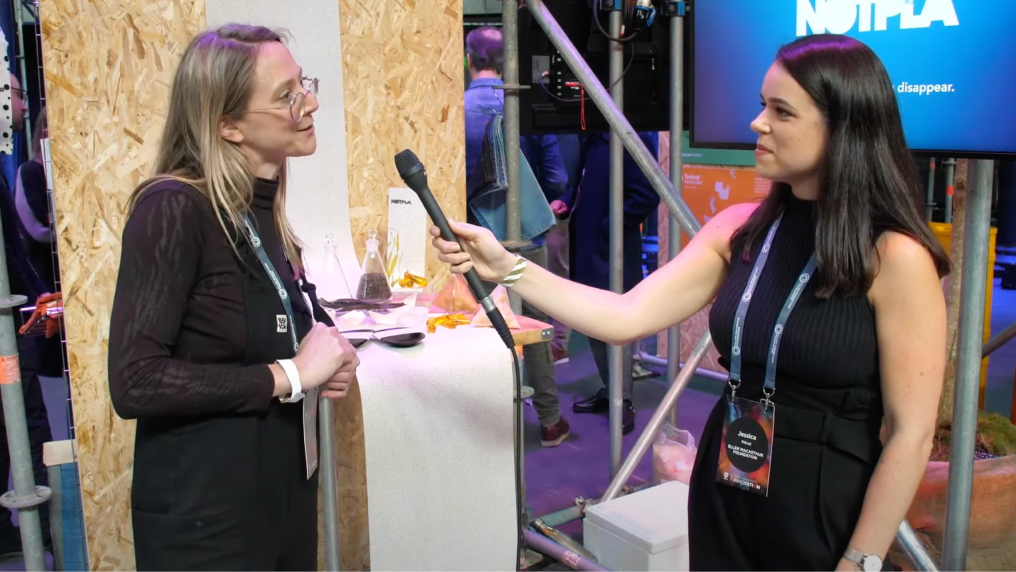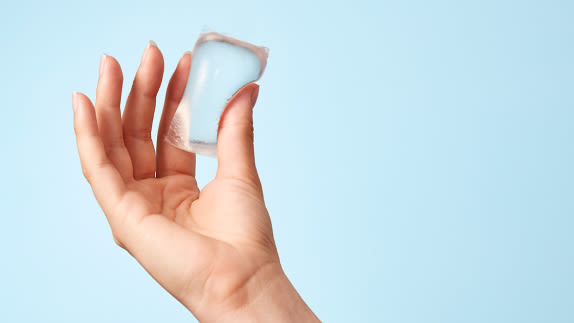Earthshot prize winner Notpla is revolutionising the way we think about packaging. In this episode of The Circular Economy Show Podcast, we hear from Pierre Paslier, the company’s co-founder, about how they are using seaweed as a viable alternative to plastic packaging, how that works in a circular economy, and how they plan to scale.
Transcript
Click to expand
Jess Mével 0:06 Did you know that there are more than 12,000 varieties of seaweed? Earthshot prizewinner Notpla is harnessing the power of this diverse and ubiquitous material to change the face of single use packaging, from takeaway boxes to condiment sachets. I'm your host, Jess. And in this episode of the Circular Economy Show Podcast, I speak with Notpla's co-founder, Pierre Paslier about what Notpla is, why their innovation is so important, and what it will take for them to scale. I started by asking Pierre, what is Notpla?
Pierre Paslier 0:40 So my name is Pierre Paslier. I'm the co-founder and Co-CEO of Notpla. Notpla is a sustainable packaging startup based in London, developing a range of packaging solutions made from seaweed and plants as alternatives to single use plastics. We really believe that we can look at nature for solutions instead of using synthetic materials like plastic. And we've been growing a portfolio of solutions, including edible bubbles for marathons and festivals, take away food containers for home delivered food and street meals, and films and flexible sachets for all sorts of different dry powders. So the range is expanding every day.
Jess Mével 1:21 And what makes Notpla circular?
Pierre Paslier 1:24 Notpla is circular because we use materials that already exist abundantly in nature - seaweed and plants - in the form that they exist in nature without chemically modifying them. So that means that nature at the end of the life of our product, has no trouble of reusing those building blocks and turning it into the next plant or the next seaweed. But beyond that, we also try to use all of the seaweed that we we take from the sea. So by focusing on not only some of the key extracts that are the gelatinous part for making takeaway boxes, coatings or edible bubbles, we also look at the fibrous co-products that could be otherwise a waste. And we turned it into seaweed paper or rigid materials so that 100% of the seaweed is used and nothing goes to waste.
Jess Mével 2:14 Our takeaway boxes might appear to be made out of paper. But is that true?
Pierre Paslier 2:19 Your typical takeaway food container for a salad or a burger and fries could either be 100% plastic, but it could also look [like] cardboard on the outside. But it's never just cardboard. If you want to hold hot, greasy, moist food, you need a thin layer of plastic on the inside or using synthetic forever chemicals. And that's a really big problem because that plastic won't biodegrade, it will stay in the environment for a very long time. And also it makes this type of waste non-recyclable. So with seaweed, we can actually create a coating that is going to provide a natural solution that is fully biodegradable, and actually recyclable.
Jess Mével 2:59 And why are innovations like this so important?
Pierre Paslier 3:03 Our innovation is very important because the materials we use today have a huge toll on our natural environment, on ourselves. So we have to stop using plastic. Plastic is this material that is extremely high performance. It has its uses, but single use is not one of them. And it's very important that we stopped using it for applications where consumption is so quick and where it's not required to have such properties. It breaks down into microplastics that make it into the natural environments, unbalancing all sorts of different natural ecosystems. It stops plankton from sequestering carbon, it makes it into the food chain, we now find it in our blood, we find it in the air, in our water. So we really have to use this material very carefully, because otherwise we are just spreading this poison everywhere.
Jess Mével 3:52 So we've heard Notpla is a seaweed based solution that is disrupting single use packaging in a positive way. And we really need it because of the challenges of single use plastic waste and pollution. So how did Pierre get started with all of this, and why seaweed?
Pierre Paslier 4:08 In the early days, we were working with my co-founder Rodrigo in our kitchen, we didn't have access to a lab. We were just looking at lots of different natural materials and how they could be a potential edible packaging or biodegradable packaging. So we started with the usual starches, cellulose, different types of gums from different roots and different plants. And eventually that's when we stumbled upon the technique for making fake caviar that uses seaweed extracts to create the little, kind of like, like balls of flavoured... fish flavoured liquids. And that was a revelation. We were like wow, this is so cool that you can use seaweed to make these kind of products. How can we make it bigger, more resistant? How can we really take it away from the world of, like, food technologies and bring it into packaging? And and that's the point where we also started to research more about seaweed and realise how incredible a material it was, like, grows very fast, doesn't require freshwater or fertiliser. It sequesters carbon, it's naturally biodegradable. So it felt like this material had to be one of the solutions to our plastics problem.
Jess Mével 5:17 Pierre's background as a packaging engineer strongly influenced his passion to start Notpla.
Pierre Paslier 5:23 I started my career as a packaging engineer, I was working for L'Oreal, the cosmetics company, making lots of cream jars in plastic and, like, shampoo bottles in plastic, by the tens of millions. So I learnt a lot of things. But I also realised that that's not where my heart was. And I felt like it was part of the problem, not the solution. So I came to study a masters here in London called Innovation Design Engineering. And that's where I met my co-founder Rodrigo. And during the course of the of the Masters, started this, this exploration that was not really meant to be much more than a student project. But it took a life of its own, where we realised that there was something really exciting happening, and people were really excited about seeing this growing and going beyond the scale of the kitchen. So that was really the starting point for Notpla.
Jess Mével 6:11 So why seaweed? How much potential is there in this material?
Pierre Paslier 6:14 So there's over 12,000 species of seaweed in the world, which is an incredible amount of diversity. Some species have more genetic diversity than between the mushroom and the elephant. So this is how wide the seaweed world is. What we do is that we pick different components, different building blocks, to create the solutions that are necessary for packaging. Obviously, we had to start somewhere, so we looked at some of the brown seaweed that are used for making fake caviar. That was the starting point in our kitchen, we were just doing molecular gastronomy and looking at how we could leverage some of those technologies, take them out of the food world and bring them into into packaging. But in the last eight years, we've expanded so much beyond that. And now we're really looking at all sorts of things that are really possible to do with the wider range of seaweed. Packaging is therefore serving a certain function, it protects the content for a certain period of time until the content is consumed. And for us, it's really important that once that's done, packaging shouldn't stay around for a long time, it shouldn't create a long lasting waste. And unfortunately, very often, we use plastic which is indestructible. So there is a big mismatch between those short time of consumptions, something you grab, you consuming five minutes, you throw away, and the fact that this plastic is literally indestructible in nature. And so by using seaweed and plants, we fit so much better in the natural environment. So the packaging will disappear by having all sorts of different natural biodegradation, like, mechanisms, which means that just like the peal of an orange or an apple, you will not stay there for much longer than the actual content of the apple.
Jess Mével 7:57 You've probably already heard that this is a story of innovation and innovators creating positive impact. It's such a great story, in fact, that Notpla won the prestigious Earthshot prize in 2022. What does that mean for Pierre?
Pierre Paslier 8:11 So we just won the Earthshot prize in the category 'build a waste-free world'. Notpla products do exactly that, we create solutions that are never a waste. Nature knows exactly what to do with these materials at end of life. And we don't introduce anything that would be synthetic or manmade that nature cannot cope with. So we're really excited to do that in foodservice, with cosmetic brands, fashion brands, sports, there's so many other occasions that we can help become less dependent on plastic. And winning this Earthshot prize is incredible for us, because as a small organisation, we get a huge amount of visibility. So a lot of brands were really keen to join the mission. And also, obviously, the million pound is going to extend significantly our abilities to double down on r&d, invest in new machinery and really, kind of like, continue to grow.
Jess Mével 9:03 What will they do with the winnings?
Pierre Paslier 9:05 The million pounds from the Earthshot price is really going to be helpful for us to continue to grow the team of chemists, engineers, designers, that are really working on some of those novel solutions. We're only at the beginning of what we can do with seaweed, we're barely scratching the surface. So we need to continue to invest in the next generation of, of solutions. And as a company, it also extends our ability to prove ourselves before we need to go back to the market for fundraising or doing some some expansion. So it's really beneficial for a startup like us. Notpla is available in the UK, in the EU with some partnerships like with JustEat, but thanks to the Earthshot prize, we're now getting reach far beyond Europe and we are getting a lot of interest from the US, Southeast Asia, all sorts of different markets. So the goal for us is to make sure that the technology is mature and ready, so that we can look at those expansion territories and find the right partners locally that can really amplify what we can do.
Jess Mével 10:04 What are their biggest remaining challenges?
Pierre Paslier 10:07 Thanks to all of the industrialization efforts, we really believe that we're going to reach massive economies of scale. And we're going to be able to reach a point that is very competitive in price, with certainly a lot of other sustainable or so-called sustainable materials like PLA or other bio plastics that don't truly deliver on sustainability. So that's exciting. And certainly our boxes are now on par with the PLA coated box. So that's definitely something that is really, really exciting to see. That being said, I think when you look at the cost of traditional plastics, it's so low, it's virtually low, because it doesn't take into account any of the externalities. So you're really not comparing like for like, all the costs on marine ecosystems, on our health, on climate change, is not built into the price at the purchase points. And this is something that more and more governments are realising and that's why there is more bands and more taxes to make sure that we don't keep on using this material that basically leaves a tab behind of close to 90% of, like, the value like estimates put the price of plastic on society at about 10 times the cost of purchase. So it means that we are leaving for future generations 90% of the burden of the cost of those materials, in the effects on society. So the goal for Notpla is to be the most affordable, sustainable material that takes into account its true life costs, not just like plastic that hides it away.
Jess Mével 11:34 How do they scale, and what does scaling mean for a startup like Notpla?
Pierre Paslier 11:39 To start with, we have to make final product. So we make boxes and pods for marathons and sachets for different types of, like, applications. But what we really see as, like, our scale up is that we provide the input materials for others to run those machines and operate all of their, kind of like, production with Notpla instead of plastic. So by going up in the value chain, that means that we can have so much more impact. And so we are looking at proving to all of those industry partners, that it's really worth putting those materials and those products on the market so that they can then take it upon themselves to to use those for their own clients. To get to mass adoption, and having every brand using Notpla products and every relevant party, kind of like, really joining us on this journey, we need to have people who are truly committed to make a change in the industry. There's unfortunately such a vested interest in continuing to use the same materials and the same processes and keep on, like, using the same solutions that it makes it very hard for innovation to break through. I think we need to also, kind of like, get more education from the general public because there is so much greenwashing, there's so many solutions that claim to be everything when, actually, they are not delivering. And we need to be more stringent about what kind of certifications are allowed in the industry to differentiate different solutions. And yeah, eventually, I think, we will get there and there's like a very kind of like fast pace of change that we are seeing in the industry. But anyone can be a champion within their organisation to make that change. That's certainly our story with some of the biggest partnerships. It started with one person who really wanted to make this happen within the organisation, and today we are making millions of units with those companies. And that's thanks to them.
Jess Mével 13:35 So scaling for Notpla doesn't necessarily mean more manufacturing, it means moving upstream in the value chain. Thanks for listening to this episode of the Circular Economy Show Podcast from the Ellen MacArthur Foundation. We'd love to find out what you think about the show. So please complete our listener survey, which you can find in the show notes for this episode. Speak to you next time
